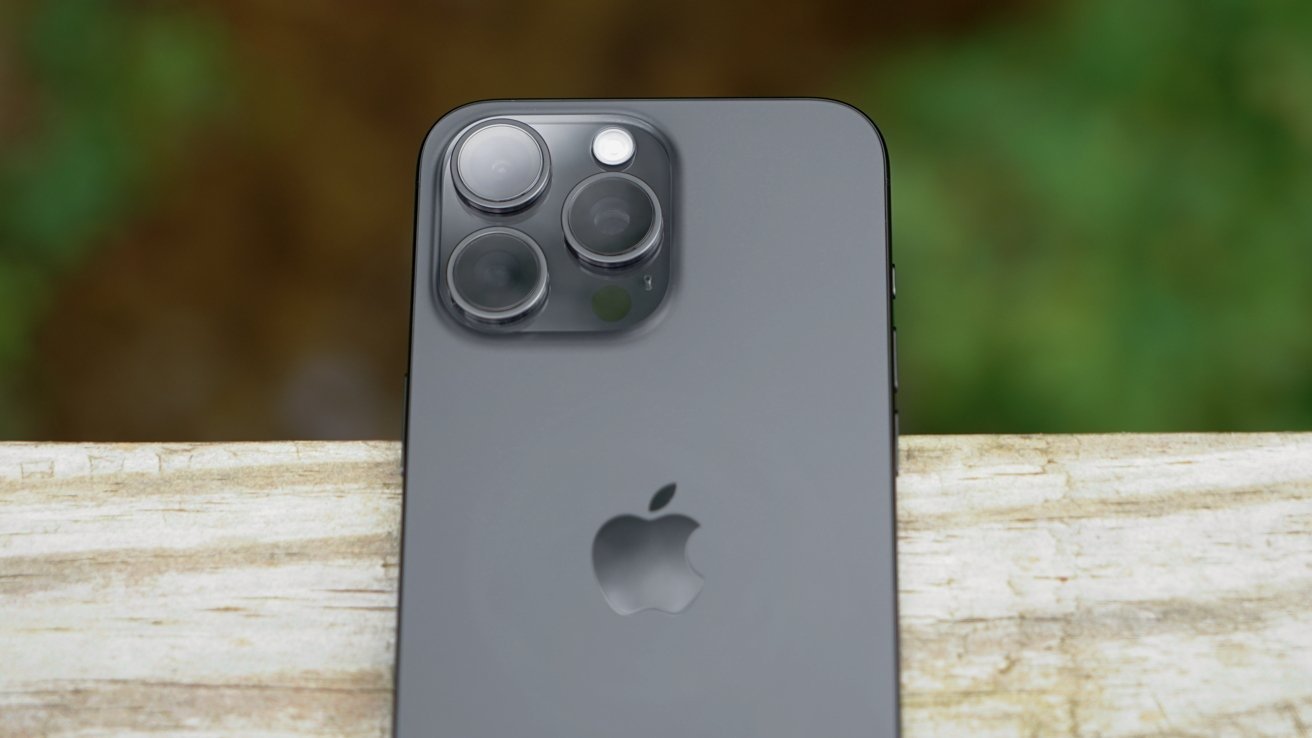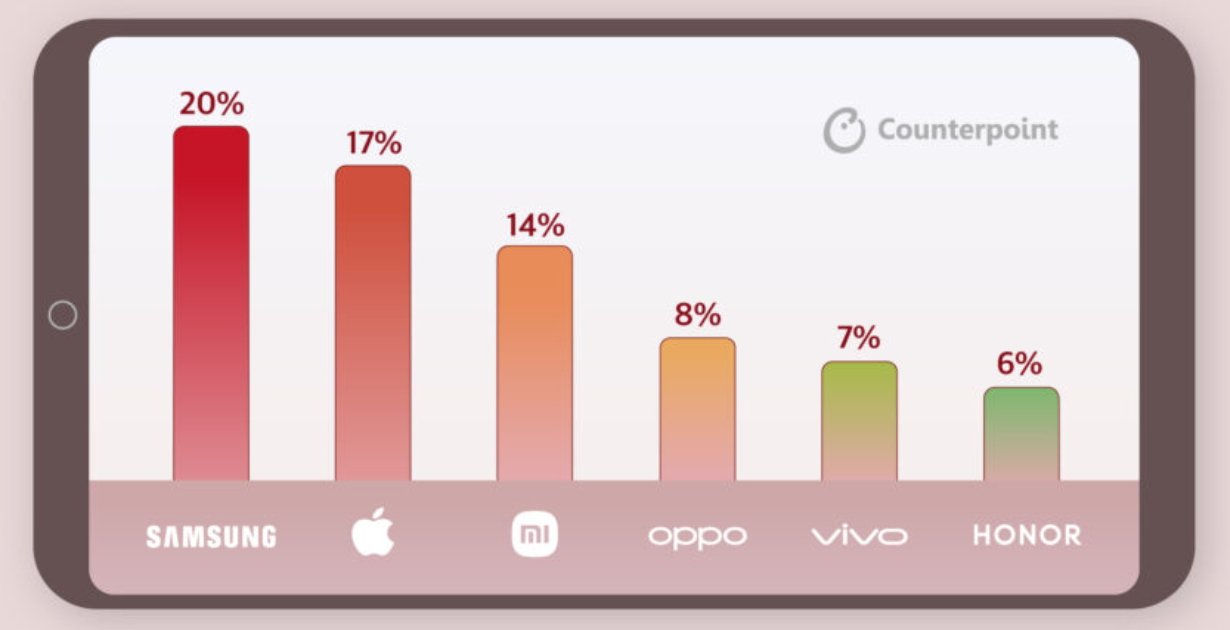Apple isn’t on top of the worldwide smartphone market in 2024 so far, though the iPhone did benefit from customers buying more premium models.
The holiday shopping season is an important one for many companies, including Apple. However, the following quarter is when launch and holiday sales start to slip, which research from Counterpoint seemingly indicates.
According to the firm’s latest Mobile Market Monitor report covering the first quarter of 2024, Apple was second in terms of global smartphone shipments. Apple reportedly secured a 17% market share, beaten only by Samsung with 20%.
To Counterpoint, this was a “dethronement,” but it’s not. Really, it’s the usual post-holiday sales downturn that happens every year.
Apple starts its sales with a bang, but eventually the initial sales rush falls off. That is, until Apple releases more iPhones in the fall, as it always does.
Apple’s position does beat other China-centric producers, including Xiaomi with 14%, Oppo with 8%, and Vivo at 7%.
As a whole, global shipments for 2024’s first quarter grew 6% year-on-year, to 296.9 million units in total. The market also declined on a successive quarterly basis by 8%.
On a regional basis, Apple still led the pack in North America, with a 52% share versus 31% for Samsung, though Counterpoint previously said the market was weakening. In Europe, Samsung led 32% to Apple’s 25%.
In Asia, Apple managed 14%, just behind leader Xiaomi’s 15% share. In LATAM countries, Apple was fourth with 6% to Samsung’s 31%, and it managed 5% in MEA against 22% for Samsung.
Despite losing its first-place position on global shipments, Counterpoint offers respite for Apple, in that it enjoyed a higher average selling price per device. While the estimated ASP isn’t disclosed, it is said to be due to the improved sales of the Pro models, driving up the amount consumers are willing to pay.
Earlier in May, Counterpoint offered more granular details of global smartphone sales for the quarter. At the time, it declared the iPhone 15 Pro Max as the top smartphone with a 4.4% share, followed by the iPhone 15, iPhone 15 Pro, and iPhone 14.






